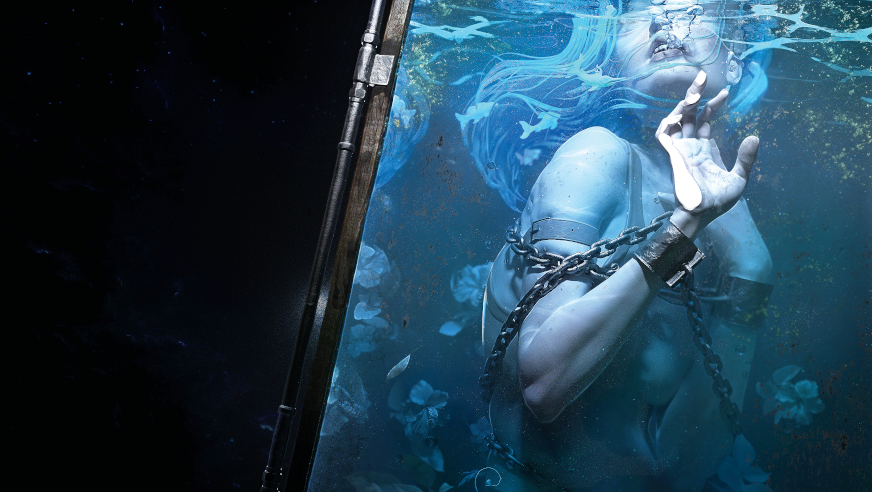Understanding Static Characters: The Unsung Heroes of Storytelling

In the realm of storytelling, whether it be in novels, films, television series, or stage plays, characters stand at the heart of the narrative. They propel the plot, create conflicts, and offer diverse perspectives that enrich the audience's experience. Among these characters, there exist two primary types: dynamic characters and static characters. Dynamic characters are those who experience significant internal changes throughout the course of a story, while static characters remain unchanged, embodying traits and values that do not evolve.
So, what exactly defines a static character? A static character is one whose personality, beliefs, and outlook remain constant from the beginning to the end of the narrative. At first glance, static characters might seem dull or uninteresting. After all, if characters are the engines of their stories, what value do they provide if they don't change? This perception could lead one to believe that static characters are simply poor writing. However, there is a deeper significance to their presence in the narrative landscape.
Static characters possess unique characteristics that serve important functions within a story. They exhibit a consistent set of behaviors and personality traits, offering a reliable point of reference for the audience. Throughout the story, their lack of personal growth stands in stark contrast to the dynamic characters around them. This contrast often highlights the transformations and growth of the more malleable characters.
Many static characters play a supporting role, acting as foils to dynamic characters. However, it is also not uncommon for them to take on protagonist or antagonist roles. They often embody stable traits that represent unchanging traditions or values, providing a sense of continuity amidst the evolution of the plot. Predictable in their reactions, static characters can drive the narrative forward through their reliability, acting as anchors in a world that is constantly shifting.
For instance, in Harper Lee's classic novel 'To Kill a Mockingbird,' the character of Atticus Finch serves as a static force of moral integrity and justice. His unwavering principles and commitment to doing what is right remain unchanged throughout the story, making him a bastion of stability in a turbulent world. This steadiness allows readers to focus on the dynamic growth of other characters, such as Scout and Jem, who navigate complex societal issues.
To illustrate the concept further, let's explore some well-known examples of static characters from popular culture. Sherlock Holmes, for example, is a prominent static protagonist known for his unmatched observation and deduction skills. Despite the various cases he encounters, his essential traits and views about the world remain consistent, making him a timeless figure in detective fiction.
Similarly, James Bond represents another iconic static character. His impeccable charm, confidence, and expertise as a spy are qualities that do not waver. Bonds relationships and lifestyle, from his penchant for Vesper Martinis to his interactions with women, remain remarkably consistent, providing audiences with a familiar archetype.
Static antagonists are equally compelling. In the Harry Potter franchise, Lord Voldemort is a prime example of a static character whose evil traits and motivations never change. From his early days as Tom Riddle to his final confrontation with Harry Potter, Voldemorts relentless pursuit of power and immortality underscores his static nature.
Static characters can also embody supportive roles that enhance the narrative. For instance, Gandalf from 'The Lord of the Rings' may seem to evolve from Gandalf the Gray to Gandalf the White, yet his core qualities of wisdom, courage, and hope remain unchanged. This steadfastness empowers the narrative, allowing other characters to experience growth in their arcs.
In conclusion, static characters, despite their lack of personal development, play a crucial role in storytelling. They provide a reliable foundation upon which dynamic characters can grow, while also representing themes of consistency and resilience. Whether they act as sidekicks, heroes, or villains, static characters remind us that remaining true to oneself can be just as powerful as the journey of transformation.



























